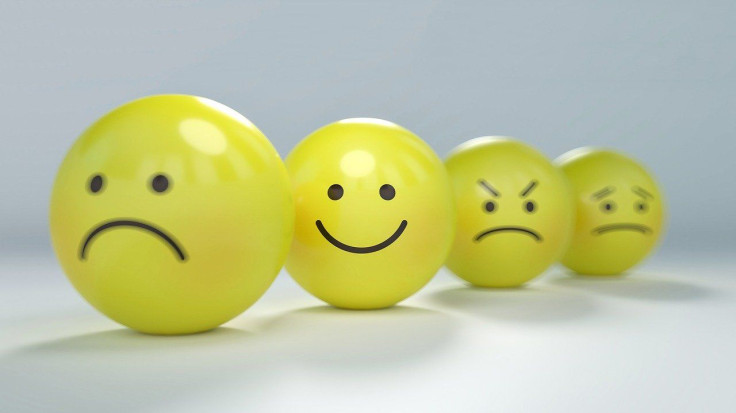Study Explores The Science Behind The Desire For Revenge
KEY POINTS
- For a new study, researchers studied the neurobiological mechanisms behind revenge
- Oxytocin levels and medial prefrontal cortex activity increased in response to ingroup pain
- The increased levels predicted the group members' desire for revenge
- The results could explain a process called conflict contagion
What drives people to want to take revenge during times of conflict? Researchers shed light on the neurobiological processes that drive people to seek revenge.
Revenge Experiment
Oxytocin is a hormone known to play a role in empathy within a group. As such, the researchers of a new study wanted to see how ingroup suffering would affect oxytocin and neural responses and, how it would predict the desire for revenge.
To understand the possible neurobiological mechanisms, the researchers conducted an experiment that simulated real-life revenge during a conflict between groups.
For the study, participants had to watch a member of their group (ingroup) and a member of another group (outgroup) experience electric shock either mutually by the revenge group or respectively by a computer (control). The participants all underwent functional magnetic resonance imaging and had their oxytocin levels measured.
Interestingly, the researchers found an association between the conflict experienced by the revenge group and increased levels of oxytocin compared to the control group. Further, the higher levels of oxytocin also predicted the medial prefrontal cortex activity in response to ingroup pain in the revenge but not in the control group. This then predicted the participants’ desire to give electric shocks to the outgroup members, regardless of whether or not they were directly involved in the conflict.
Conflict Contagion
Simply put, the participants' oxytocin levels and medial prefrontal cortex activity increased when members of their own group appeared to be harmed by members of another group; thereby, predicting their desire to take revenge for their group.
The results of the study suggest that oxytocin, also known as the love hormone, increases during conflicts between groups, possibly increasing an individual's feelings of empathy or love towards the members of his or her own group. As a result, this then increases the desire to seek revenge for the member of the group perhaps due to feelings of being threatened or due to the pressure to avenge the individual or the group.
According to the researchers, this could help explain the phenomena known as "conflict contagion" wherein a conflict between a few individuals spreads and ends up becoming a conflict between groups.
"Our experiment allowed us to investigate how harm to an ingroup member caused by an outgroup member inspires an uninvolved ingroup member to seek revenge," senior author Shihui Han said. "The results highlight an important neurobiological process underpinning the desire for revenge, which may be implicated in conflict contagion during conflict among groups."
The study is published in eLife.

© Copyright IBTimes 2024. All rights reserved.






















